Do you know how to tell if a dog is in pain? This is a perfectly valid question. Unfortunately, dogs can't speak to tell us how they feel. But thankfully, they can show us through their actions. Awareness of these behavioral signs can help pet owners understand when their furry friends need help.
Anything from subtle changes in behavior to more obvious physical signs of discomfort can point to something wrong. In such cases, early detection is key. In this guide, we'll share the telltale signs of pain in dogs and what you can do to help your pup feel better. Let's begin.
Common Signs of Pain in Dogs
A dog experiencing pain may choose to hide their discomfort. This happens more often than you think. So, recognizing your pet's pain may not be easy at times. But don't worry; there are common symptoms you can watch for. These usual clues can signal pain in our canine friends and help you plan what to do.
Decreasing Self-Grooming
Pain can cause dogs to stop grooming themselves. They may find it painful to reach certain parts of their body. It may be a red flag if your pup stops self-grooming behaviors like licking, chewing their paws, rubbing, or nibbling.
When pups stop self-grooming, their fur can get matted, and they can develop blemishes. To avoid these issues, schedule regular grooming sessions. That's aside from treating the underlying cause of your dog's pain, of course.
Sleeps More, Less Active

Pups experiencing pain tend to sleep more and play less. Your dog might snooze often and lose interest in playing or going on walks. This change in activity levels is a clear warning sign.
Less activity can mean your dog is avoiding painful movements. If your usually energetic pet suddenly prefers to lie down and sleep, it may be time to visit your vet.
Related Post: How Much Sleep Do Dogs Need? [Pups, Adults, & Seniors]
Hiding or Uncharacteristic Aggression
Your dog's behavior may change when they're in pain. Dogs usually hide and avoid humans and other pets when they're unwell. Such behavioral changes are their way of protecting themselves when they feel vulnerable.
Aggressive behaviors like growling, snapping, and biting can also mean severe pain. These reactions are like a dog's defense mechanism to prevent physical contact and further discomfort.
Decrease in Appetite or Loss of Weight
Dogs suffering from chronic pain or any discomfort typically lose interest in food. This decreased appetite can lead to malnourishment and weight loss.
Pets need to eat nutritious meals to support their overall health. So, if your furry buddy stops eating and sheds pounds suddenly, pain could be one of the reasons. For an accurate diagnosis, visit your veterinarian.
Discomfort When Handled
As mentioned, dogs feeling discomfort avoid physical contact. They may flinch, whine, or pull away when you try to pet them. These physical reactions signal pain and may point to specific problem areas.
If you suspect your dog is in pain, be gentle when holding them. Observe their reaction to your touch, and see if any specific body parts are particularly sensitive. Then, report your observations to your vet.
Urinary or Bowel Accidents
Pups facing discomfort may have difficulty controlling their bladder or bowels, which can lead to potty accidents. These accidents can be telling, especially if your dog has been potty-trained.
Bladder infections or gut issues may cause pain and make your dog behave differently during bathroom breaks. Monitor these changes and see your veterinarian ASAP for help.
Increased Vocalization
If your dog starts whining, whimpering, or barking more than usual, it could be their way of saying they're in pain. Pay attention to these vocal cues, as they can indicate issues.
Dogs are pretty expressive and vocalize to communicate their needs and feelings. If they're being louder than usual, they may be seeking attention from their humans. Be sure to acknowledge these signs at all times.
Posture and Facial Expressions

What does a dog in pain look like? Whether it's slight discomfort or acute pain, dogs will typically adopt a hunched posture to protect the sore area. They may also shift their weight on one side or limp to avoid putting pressure on certain body parts.
And don't forget their facial expression. Squinting, furrowed brows, or a generally tense look can signal pain. If you notice these signs, it's time for a vet visit.
Common Causes of Pain in Dogs
So, you already know the telltale signs of discomfort in dogs. But do you know what could be causing their pain in the first place? It could be any of the following:
- Hip and Joint Issues. Mobility issues like hip dysplasia and arthritis can cause chronic pain. Vet-prescribed medications and physical therapy can help improve mobility and reduce pain in affected pets.
- Wounds and Injuries. Cuts, bruises, and fractures can cause acute pain. Keep a close eye on your active pup in and out of the house to avoid injury.
- Recent Surgery. Post-surgery pain in dogs can be tough for your pet and yourself. Vet-approved laser therapy and proper aftercare can help dogs recover quickly.
- Dental Issues. Tooth decay and gum disease can cause severe pain in pets. That's why regular dental cleanings are a must.
- Eye Problems. Conditions like glaucoma or eye infections bring dogs great discomfort. They need immediate attention to avoid complications.
- Skin Issues. Allergies, rashes, and other skin problems cause itching and irritation. These can be distressing and uncomfortable for affected pets.
- Urinary and Bladder Problems. Urinary tract infections (UTIs) and bladder stones can cause severe pain during bathroom breaks. This discomfort may also lead to accidents in the house.
- Digestive Issues. Tummy problems like constipation or gut infections can cause abdominal pain. These issues can also lead to malnutrition and weight loss.
- Chronic Conditions. Chronic pain caused by long-term illnesses such as cancer or diabetes can impact a dog's quality of life. While it's important to treat chronic pain itself, it's also vital to address the underlying cause.
Related Post: Dog Stung by Bee: What To Do & How To Help
Suggestions for How to Comfort a Dog in Pain
It may be difficult to see your pet's condition when they're in pain. Don't worry, though, because you can offer them comfort. The following suggestions may not be cures, but they can bring some much-needed temporary relief:
- Seek Veterinary Care
- Try CBD for Dogs
- Consider Providing Supplements
- Try Cold or Heat Therapy
- Make Them Feel Safe and Comfortable
Seek Veterinary Care
Your first step should always be to see your veterinarian. Your vet is the best person to diagnose the underlying cause of your dog's discomfort. With regular checkups, you have a good chance of preventing minor issues from becoming serious problems.
Once your vet knows what's causing your dog pain, they can suggest pain management and treatment options. They may prescribe medications, suggest lifestyle changes, or recommend alternative therapies.
Try CBD for Dogs
Did you know that CBD (cannabidiol) can be a safe and natural way to provide comfort for your dog? CBD has soothing properties, promoting calm and potentially bringing temporary relief. Many pet owners say it helps with soreness and joint discomfort.
Luckily, HolistaPet has a range of quality CBD products for dogs. Our offerings have been lab-tested and vet-approved, so you know they're top-notch. Depending on your and your dog's preferences, you can choose from our CBD treats, soft chews, oils, or capsules. Visit our shop to learn more.
Consider Providing Supplements
Want to ease your pet's discomfort while supporting their overall health? Supplements are for you. In addition to addressing pain, these products may also help with other health issues.
For example, our CBD Mobility Chews may help pups suffering from joint issues. Our Urinary + Bladder Support Chews are ideal for pets with urinary tract and/or bladder problems. And our range of Dental Sticks for Dogs can help prevent painful dental conditions. We have many other supplements that support canine health, so check out our shop for more information.
Try Cold or Heat Therapy
Cold therapy, like applying ice packs, can help reduce swelling and numb sore areas. This method works best for injuries and post-surgical recovery.
Alternatively, heat therapy can help soothe sore muscles and improve circulation. You can use a warm compress or a heating pad where your pup can lie in a comfortable position. Remember to keep the temperature at a safe range to avoid burns.
Make Them Feel Safe and Comfortable
A quiet, cozy recovery space is essential. To help your four-legged friend get quality rest, keep them away from loud noises and other stressors. Give them soft bedding to relax them even more.
Remember to be there for them always. Give them gentle pets and speak to them softly to comfort them. Your TLC will make a huge difference in their recovery.
Can I Prevent My Dog From Developing Aches and Pains?
Absolutely, there are things you can do to shield your dog from possible pain. Here are a few tips:
- Healthy Weight. A proper diet and regular exercise can help your pup maintain an ideal weight and avoid joint issues.
- Regular Checkups. These can help catch potential health problems early.
- Balanced Diet. Good nutrition can protect your dog against painful health conditions.
- Physical and Mental Stimulation. An active mind and body can help reduce your dog's anxious behaviors and maintain their overall well-being.
What Are the Signs That My Dog Is Feeling Better?
Look for certain signs to know if your pain management methods are working. They can be any of the following:
- Increase Activity Levels
- Improved Appetite
- More Social and Playful
- Better Grooming Habits
Final Thoughts - How To Tell if a Dog Is in Pain
No pet parent wants to see their dog in pain. It's just too much! However, for an informed dog owner, the chances of their pup recovering sooner are much higher. So, keep all our tips and tricks in this guide in mind. And for additional support, consider our high-quality pet wellness products. Your furry friend will be back, ready for action in no time.







![Probiotics For Dogs [Soft Chews] - HolistaPet](http://www.holistapet.com/cdn/shop/files/Probiotic-Infographic-1_472d7a29-e30c-435a-9638-1365d8c3a9f9.jpg?v=1725384841&width=104)
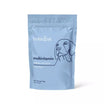


















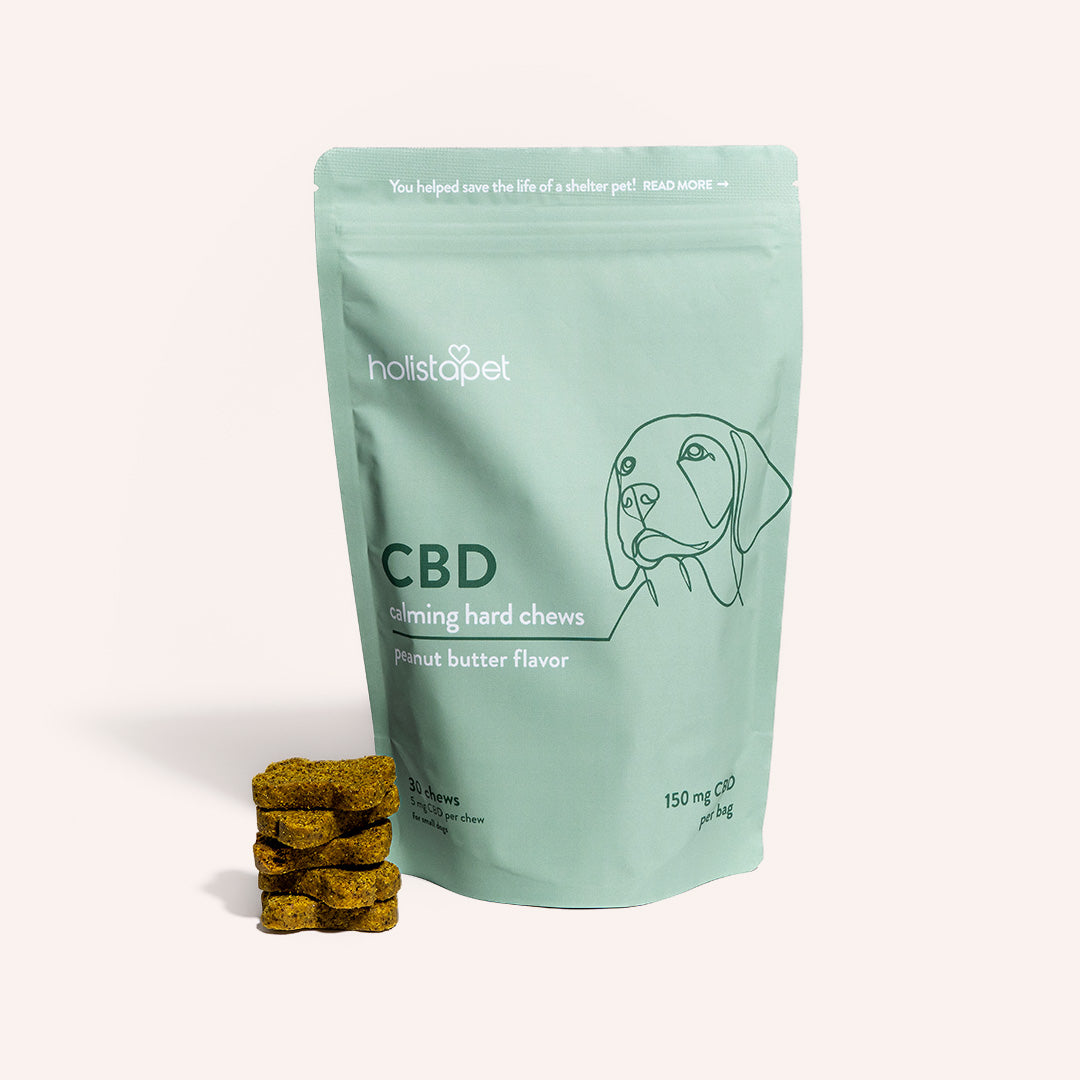
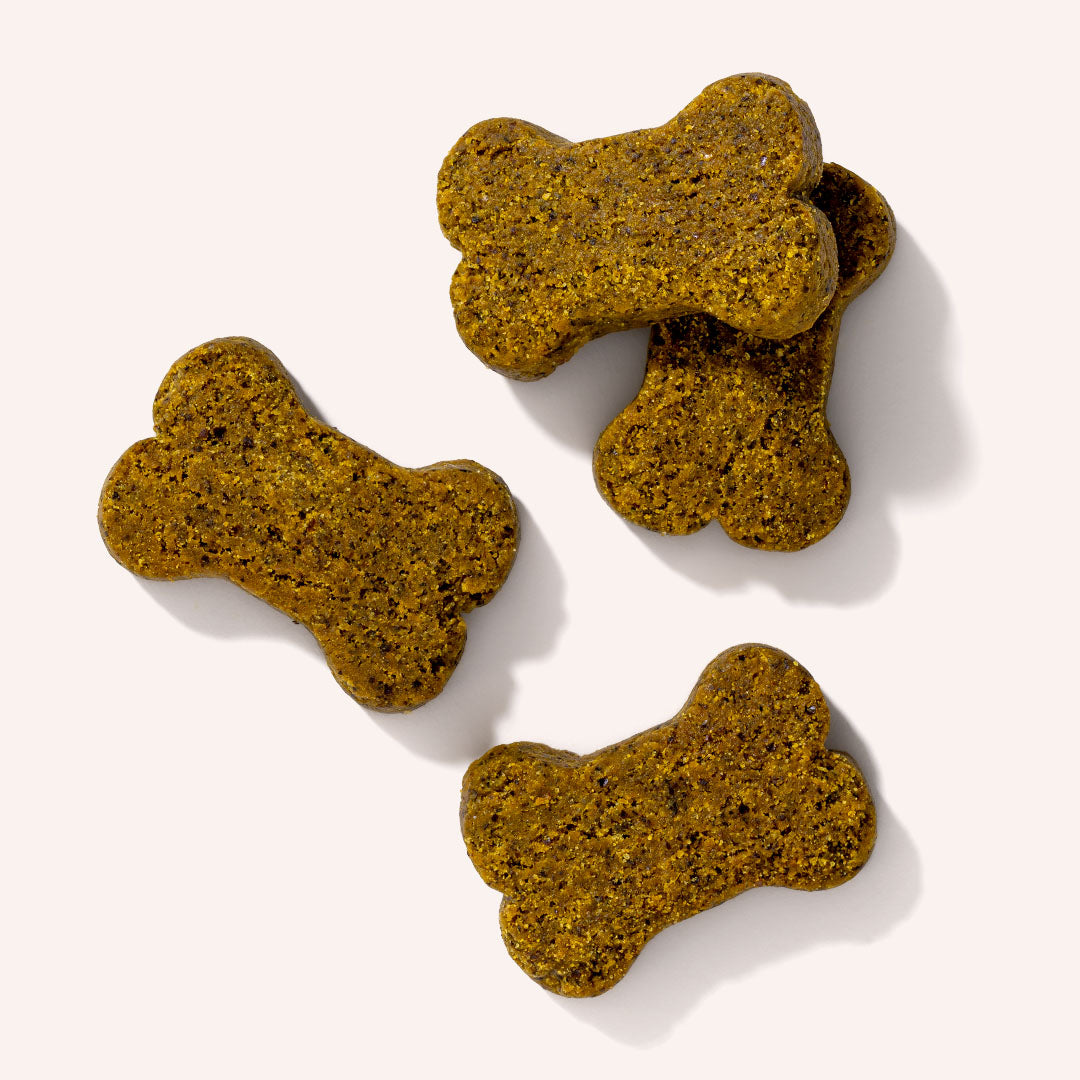

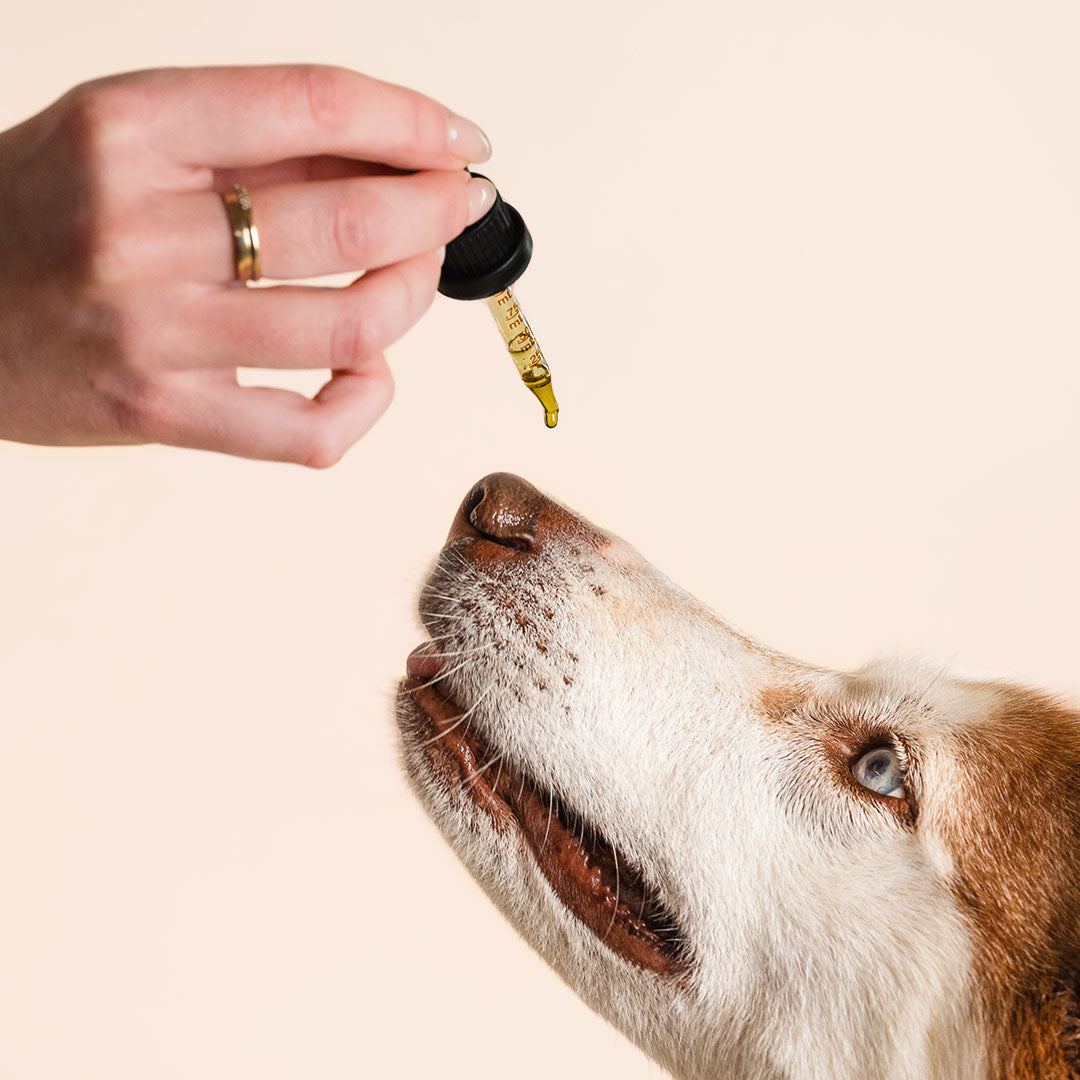


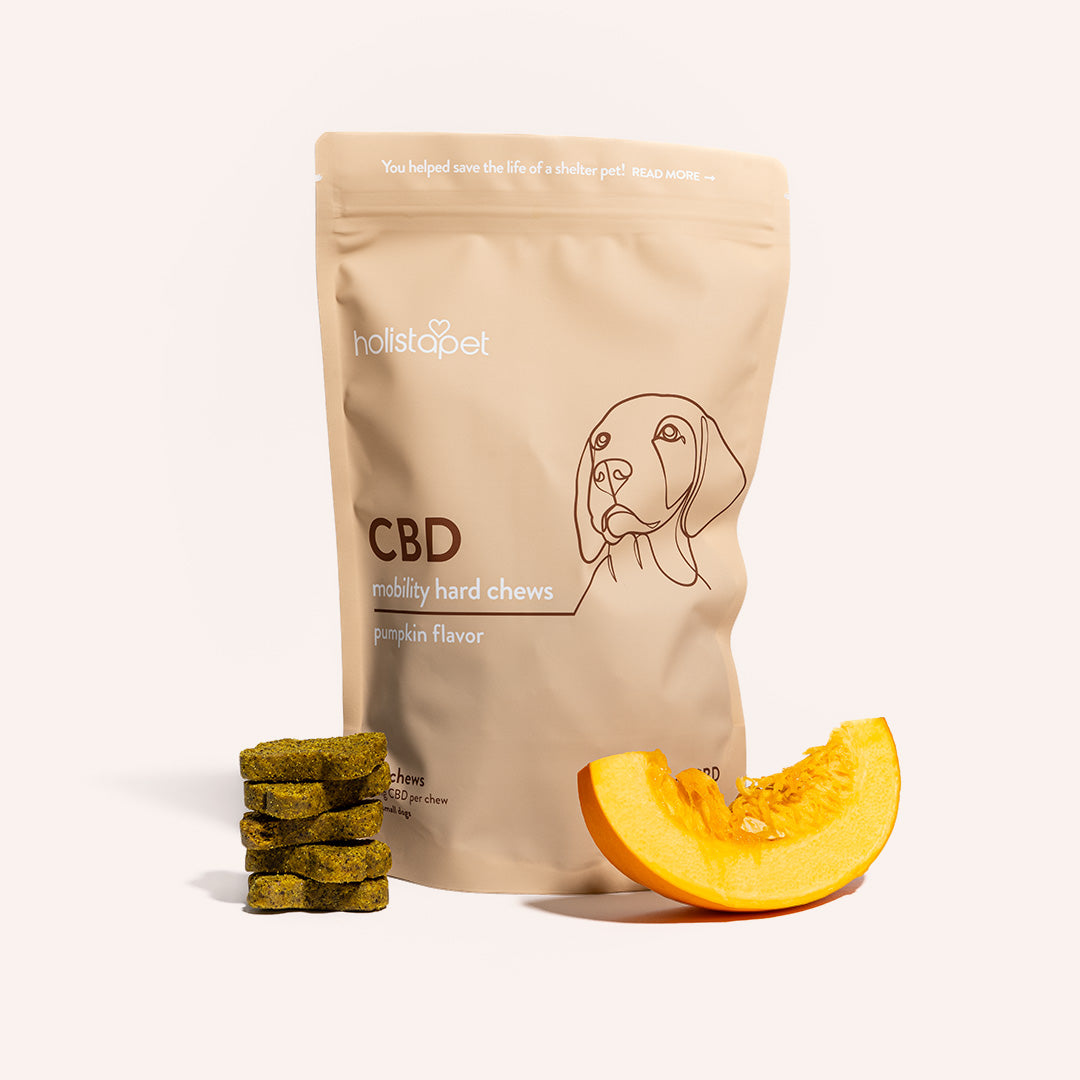
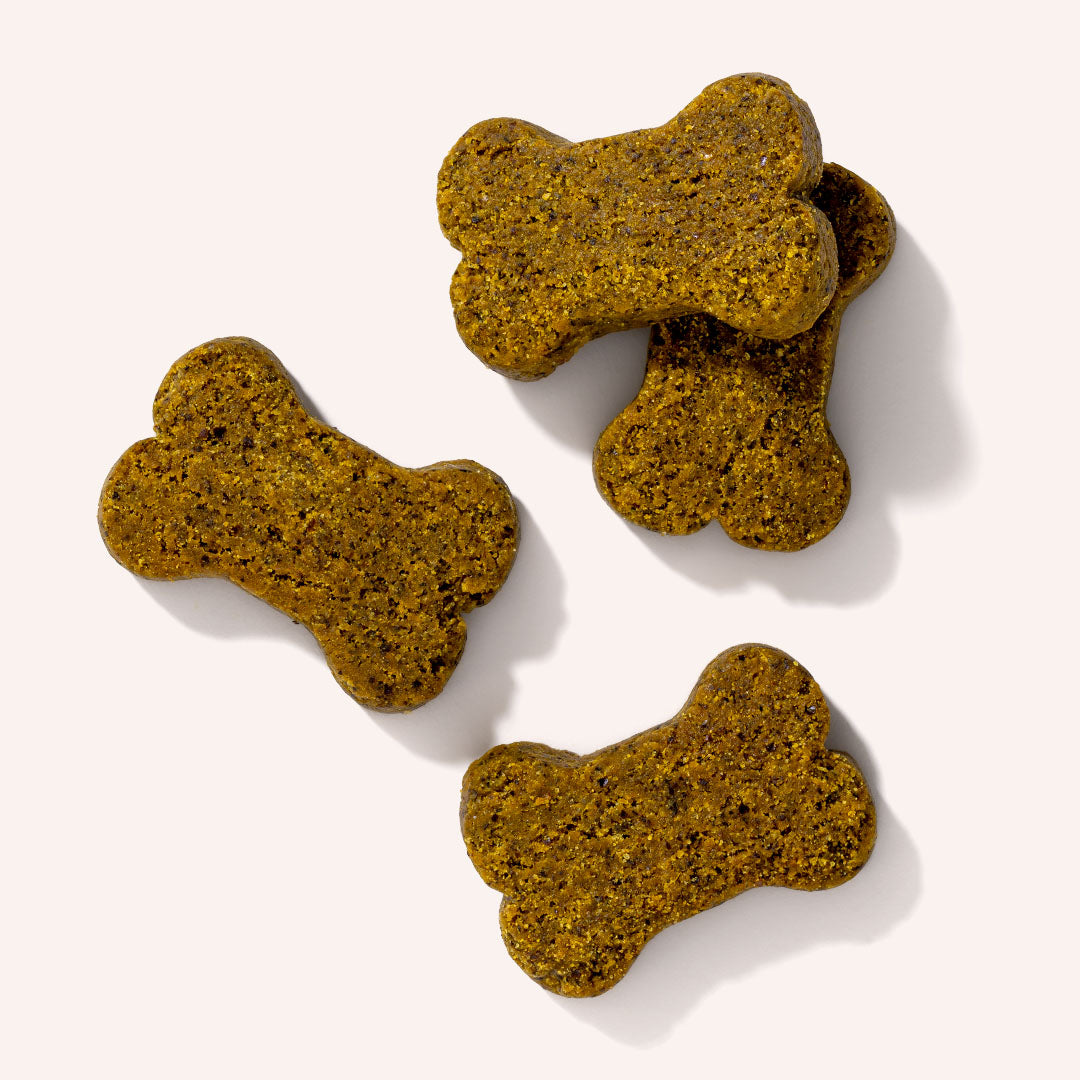

Leave a comment
All comments are moderated before being published.
This site is protected by hCaptcha and the hCaptcha Privacy Policy and Terms of Service apply.